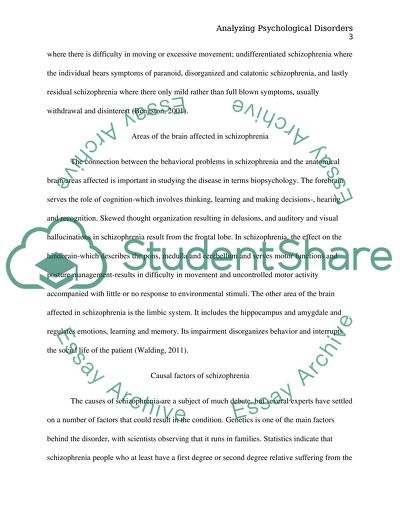Cite this document
(“Analyzing Psychological Disorders: Schizophrenia, Anxiety and Anorexia Term Paper”, n.d.)
Retrieved from https://studentshare.org/psychology/1430656-analyzing-psychological-disorders
Retrieved from https://studentshare.org/psychology/1430656-analyzing-psychological-disorders
(Analyzing Psychological Disorders: Schizophrenia, Anxiety and Anorexia Term Paper)
https://studentshare.org/psychology/1430656-analyzing-psychological-disorders.
https://studentshare.org/psychology/1430656-analyzing-psychological-disorders.
“Analyzing Psychological Disorders: Schizophrenia, Anxiety and Anorexia Term Paper”, n.d. https://studentshare.org/psychology/1430656-analyzing-psychological-disorders.


